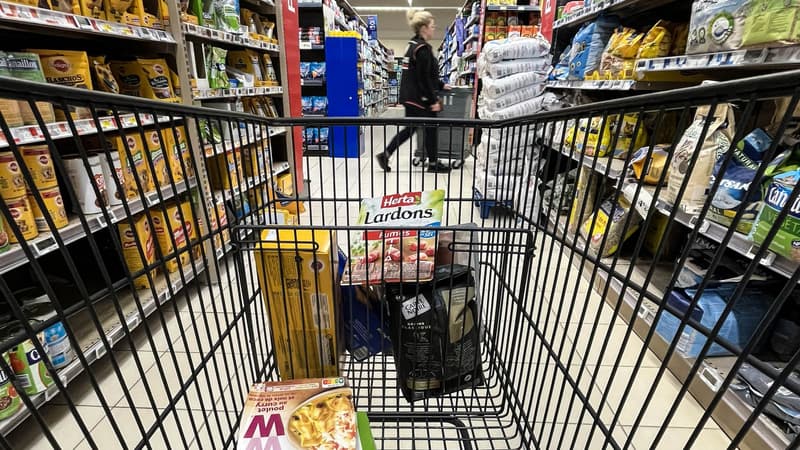Has the inflationary peak finally passed? Waited for a year by the government (and the French), it is possible that prices have finally started to fall upwards.
According to the first INSEE estimate, the rise in consumer prices in 12 months went from 5.9% in April to 5.1% in May. This is not the first time that inflation has fallen temporarily since the start of this upswing that began in late 2021. In August and September 2022, inflation had fallen before rising again strongly in the following fall and winter, until reach a maximum of 6.3% in February.
But unlike the current period, these increases were expected. The rebound in energy prices at the end of last year and contagion from increases in consumer products were anticipated.
Sharp decline in energy price inflation
This time, all the signals are green, whether upstream or downstream. Upstream first, for months the prices of most raw materials, as well as those of energy, have been falling. However, they are the ones who have been fueling the rise in consumer prices for a year.
Energy prices fell sharply this time in May. According to INSEE, energy price inflation stood at 2% in May against another 6.8% in April. As a reminder, in May 2022, the increase in energy prices was 27.8% (including more than 36% for fuels).
Down the river then. The food price index has just fallen for the second time in a row. And in quite significant proportions. From a one-year increase of 15.9% in March, food inflation fell to 15% in April and 14.1% this May.
If the increase in fresh products remained fairly stable (10.4% in May compared to 10.6% in April), that of other categories, such as groceries, for example, went from 15.8% to 14.8%. . The reflux in products such as eggs or vegetable oils is already noticeable in own-brand products. In addition, with the return of the main manufacturers to the negotiating table, we can expect a pause or even some drops in the prices of certain products of the main brands.
From the beginning to the end of the production chain, the ebb is clearly visible, which did not happen during the previous drop in the inflation rate in the summer of 2022.
Sharp drop in production prices
The rise in producer prices, which had reached 28% last August, has been declining steadily ever since. In April, inflation measured by INSEE was 5% for products leaving the factory. Even manufactured goods, certainly less affected by inflation so far, with inflation at 4.1% in May compared to 4.6% the previous month.
There is also no need to fear imported inflation in the coming months as price indices are falling in most of our neighbors like Spain and Italy.
All signals are green, but the decline to meet the government’s 2% target should still take time.
In the case of food, for example, the price index has certainly gone down, but it remains at a high level at 14.1%. Bruno Le Maire also pressed again this morning Inter de France about manufacturers who are slow to return to the negotiating table with large retailers, threatening them with a tax on their margins.
Finally, it is a period of disinflation what are we going to know and not deflation. In other words, the increase will slow down but prices will not fall overall. This is logical as wages have risen sharply in 2022 and 2023 as well. However, these will obviously not fall and production costs will remain above their 2021 levels.
Source: BFM TV


